Closed-loop motor as a new technology in mobile phone lens can improve the focusing accuracy and speed of the mobile phone lens to a certain extent, and bring a better photographing experience. There are many factors that affect the imaging quality. Simply improving the focusing accuracy and speed can reduce the camera to a certain extent. Shaking during shooting, but improving image quality depends more on other components such as sensors
The closed loop here should be the meaning of close (d) loop, that is, close loop VCM, which is not much new in itself, and has been used in the manufacturing industry very early. In terms of mobile phones, the earliest product should be Samsung Motors, which is used in the Galaxy S4. Recently, it seems that several domestic manufacturers are speculating, and suddenly came out. Regarding the problem of using a closed-loop motor camera for imaging, in theory, the closed-loop focus accuracy is higher and the speed is faster, which will have certain advantages, but generally the quality of the lens is determined by the lens itself, and there will be no change , But the production rate is higher.
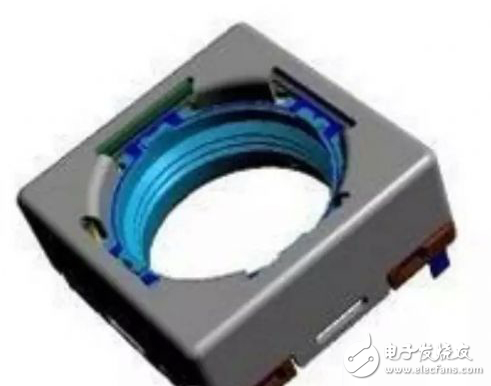
In general, the lens motor uses a stepping motor, which is usually the voltage applied across the stepping motor.
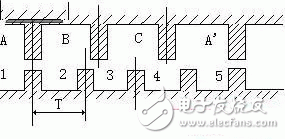
If the load is constant and the current is constant, the motor will rotate as shown in the figure below
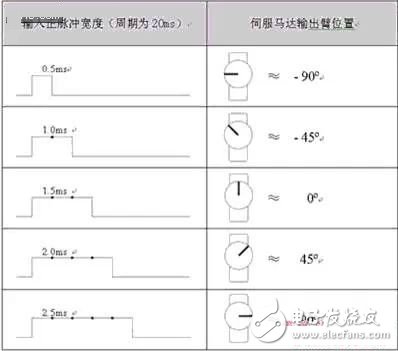
However, due to various reasons (load change, voltage change, inertia, etc. generally occur), the position of the motor rotation is not as ideal as the above picture, we call this situation out of step
In order to reduce the occurrence of such events, we detect the current and adjust the duty cycle / frequency. Why can we ensure that the current is basically accurate by detecting the current? The reason is shown in the picture below (because it is a collected picture, the text has not been changed, please ignore all the text in the picture below)
However, due to various reasons (load change, voltage change, inertia, etc. generally occur), the position of the motor rotation is not as ideal as the above picture, we call this situation out of step
In order to reduce the occurrence of such events, we detect the current and adjust the duty cycle / frequency. Why can we ensure that the current is basically accurate by detecting the current? The reason is shown in the picture below (because it is a collected picture, the text has not been changed, please ignore all the text in the picture below)
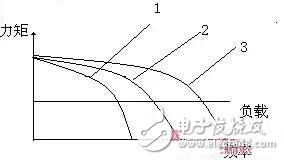
So that we can control the motor rotation angle more accurately
It can be seen that if such a motor control circuit is used in the lens, the rotation angle of the motor can be controlled more accurately, so that faster focusing can be achieved, that is to say, the use of closed-loop motor control can increase the focusing speed, and does it affect imaging Yes, but it has little effect. The reason is that if the focusing speed is slow, the software may sacrifice the focusing accuracy if it cannot focus accurately within a certain period of time, telling the camera that it is already in focus.
What is a closed-loop motor lens, what are its characteristics, and how does it affect the focusing speed and imaging quality?
A driver IC is generally matched with a voice coil motor, which is collectively called a driver IC. What is actually discussed here is the private server system of the motor. The so-called open loop and closed loop are two fairly basic concepts in automatic control. The meaning of closed loop is simply to use feedback control.
The voice coil motor itself does not know when to start, but where the movement ends. It needs to be processed and controlled by the drive. The so-called open and closed loop is actually for the drive, but because the drive and the motor are not separated, they are generally called It doesn't matter.
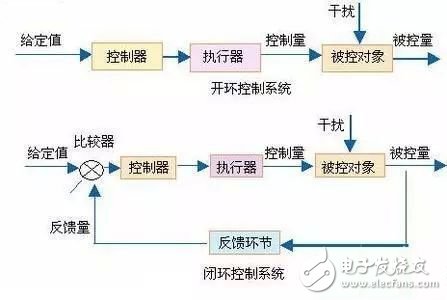
The voice coil motor is essentially a linear motor. Compared with other motors, it has some characteristics. The principle and the like are limited in space here. Let ’s simply say that there is a small strong magnetic field in the environment where the motor is located. There is a coil inside, and the coil will generate a magnetic field when it is energized, so that it can move. As for the CCM and VCM AF carried, the focusing lens group is placed inside the coil.
Then the traditional AF is generally like this. The driving distance of the focusing lens group is not known. The carried DSP or ISP calculates the focus evaluation value (such as MTF, contrast, etc.) at different positions. Record the current in the coil during the condition. After the entire stroke is completed, return the current just recorded and supply it to the VCM coil again to stabilize the focus.
The basis of the closed-loop AF motor is basically the same as above, but the difference is that the stability speed is faster.
This is due to the current sensor. The motor control or servo cannot be separated from the sensor. The current closed-loop or OIS VCM uses a Hall sensor. The principle comes from the Hall effect, which is not described here. As long as you know that this sensor can measure the Gaussian value in the magnetic field and then further determine the position of the object, there are disadvantages and advantages. More reliable accuracy is enough.
The Hall sensor is a position sensor, which can obtain the position of the rotor (usually the coil surrounding the focusing lens group) by sensing the strength of the magnetic field. That is to say, the voice coil motor using the position sensor knows the position of the coil, and the previous At that time, we can know that it is only the current. When the current is input again, the coil is only in motion, and the position of the movement may not be exactly the same as when the evaluation value reached the standard last time.
With the Hall sensor, we can consider the problem of control strategy, but I am sorry that this is someone else ’s business, and there is no need to disclose it, but I hope Zhujun can notice that even if it is also a closed-loop strategy, different strategies will be produced. Different effects (for example, double closed loop will be more accurate than single closed loop but more expensive). Generally speaking, it uses the Hall sensor to sense the magnetic field strength at the 0 and max positions just mentioned, and saves it in the drive. During the movement of the focus lens group, we can continue to measure the magnetic field strength at the moving position. The intensity is returned to the drive, and the drive obtains positive and negative errors based on the returned value. After that, we use the positive and negative errors to control the movement direction and speed of the coil (actually the focusing lens group) to achieve more accurate and fast focus. If the focusing lens group is placed between the intermediate positions to determine the moving direction because the moving distance becomes shorter, higher efficiency can also be obtained.
Hall sensors can actually be used in CCMs that support OIS, but it doesn't matter much here.
On the issue of CCM AF, it is generally the open loop VCM-"closed loop VCM-" MEMS route. The previous open loop AF problem is more time-consuming, because the mirror group will not stop immediately when it moves to the position. Because factors such as inertia sway at the expected position, it takes a stable time to maintain it (please recall the damped oscillation curve); in theory, the closed-loop VCM is much shorter due to its own feedback control, and it stops at the expected position field The probability of going up is much higher than that of open loop, that is, the speed of general publicity is fast and the accuracy is high (although in most cases, they are a pair of contradictory existence).
However, there will always be shadows in places where there is sunlight. The overhead of this technology is relatively large. First, a reliable position sensor is needed. Secondly, because of the presence of the position sensor, there is a need to communicate with the driver. The traditional two contacts must be insufficient. Use, again, the driver must have certain storage and even data processing capabilities, and the control strategy needs to be implemented in software. Although it is not difficult to write, good strategies and procedures are also difficult. Moreover, CCM is limited in size and requires micro As a result, only some manufacturers can produce closed-loop VCM. Samsung Motors has used the drive of WithusVision. Other manufacturers, such as Mitsumi and TDK, are also capable of producing closed-loop VCM. Manufacturers (such as Daliguang, Yujingguang, Kanto Meichen, etc.).
The closed-loop motor introduces a detection current, which is equivalent to a negative feedback control method, which makes each shift of the lens holder in the lens more accurate, which can definitely reduce the number of times the lens moves back and forth and increase the focusing speed.
It is hard to say how much the focusing speed can be increased. After all, without this technology, many high-end cameras focus very quickly. Under the same mechanical architecture, the precision of the imaging equipment itself is the main factor. The reason for the cost of the mobile phone lens, the precision of the lens bracket, etc. must be the same.
In addition, the expression of imaging quality is very broad. If the improved stepper motor makes the lens holder in the lens more accurate each time, the focus accuracy will also be improved accordingly. It is considered to improve the imaging quality.
Heat Shrink tube is typically used in applications where there is no need for additional protection against moisture or other environmental factors. It is available in various sizes and colors to accommodate different wire and cable diameters.
The installation process involves sliding the heat shrink tube over the item to be covered and then applying heat, usually with a heat gun, to shrink the tube and create a secure fit. This process provides insulation and protection against abrasion, chemicals, and other potential damage.
heat shrink tube is commonly used in electronics, automotive, aerospace, and other industries where wire and cable management is important. It is a cost-effective solution for protecting and organizing electrical components.
Single Wall Heat Shrink Tube,Heat Resistant Tubing,Pvc Heat Shrink Film Tubing,Heat Shrink Insulating Tube
Dongguan Liansi Electronics Co.,Ltd , https://www.liansisleeve.com